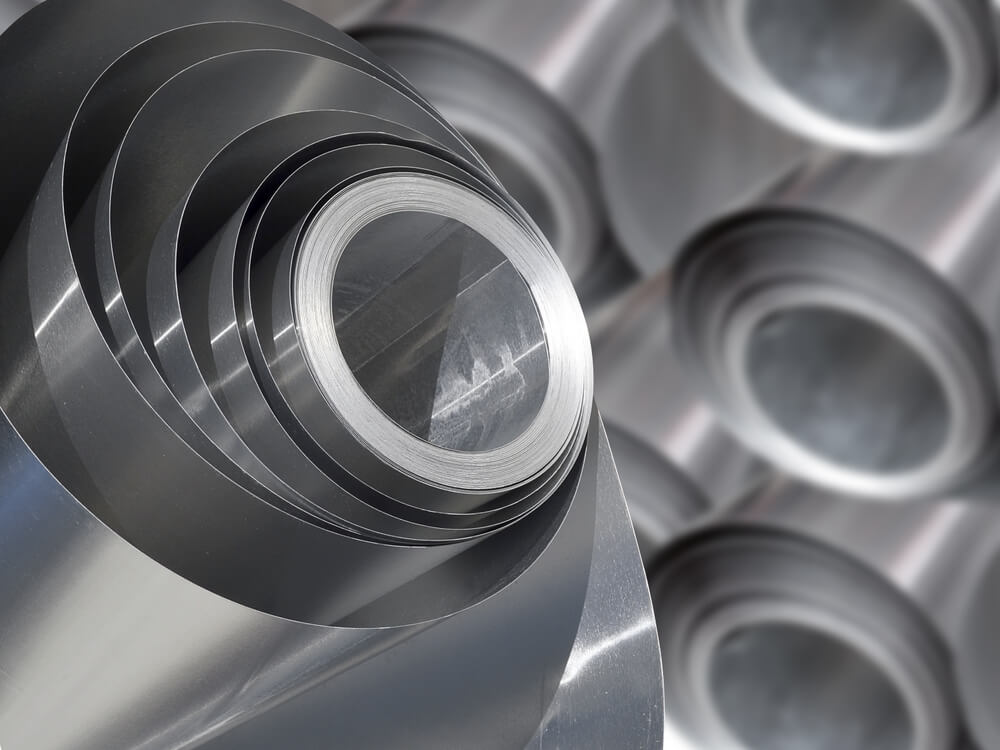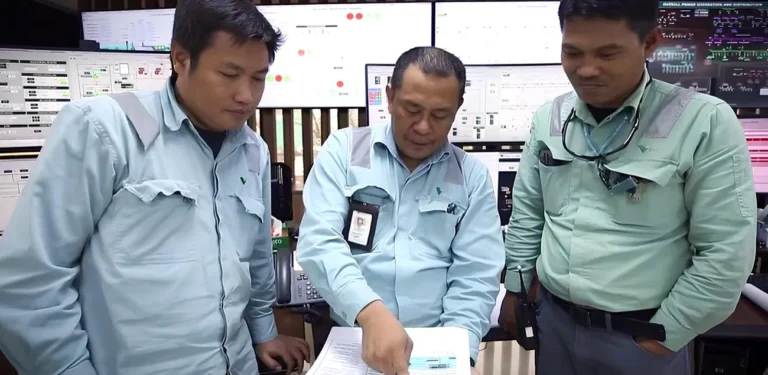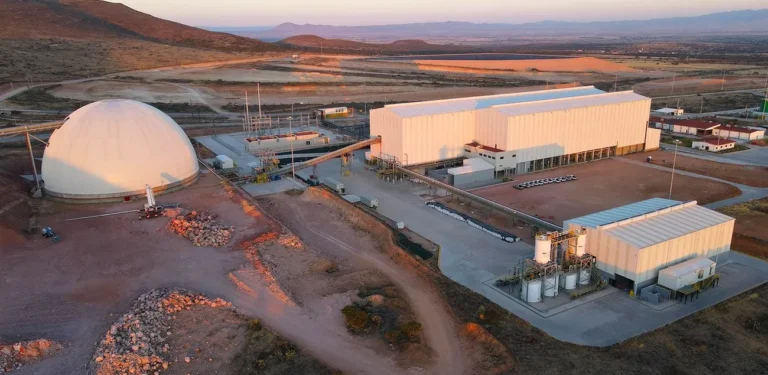
China has announced a comprehensive plan to bolster its aluminum industry, aiming to increase domestic bauxite reserves by 3–5% and boost recycled aluminum production to over 15 million metric tons annually by 2027. The implementation plan, released by the Ministry of Industry and Information Technology (MIIT) alongside nine other government departments, outlines a multi-faceted approach to enhance resource security, optimize industrial layouts, and promote sustainable development. The plan seeks to position China as a global leader in aluminum manufacturing.
Key targets include increasing the share of energy-efficient electrolytic aluminum capacity to over 30%, raising clean energy utilization to at least 30%, and improving the utilization rate of newly generated red mud to over 15%. Technological advancements will focus on low-carbon smelting and precision processing, with efforts directed at fostering new growth drivers for aluminum consumption. This aligns with China’s broader sustainability goals.
The plan also introduces stricter approval requirements for new alumina refineries, mandating top-tier energy consumption standards and environmental compliance. Projects must be backed by matching bauxite mining rights and red mud utilization capabilities. Additionally, smelting operations are being relocated to clean energy-rich regions such as Inner Mongolia and Xinjiang to reduce carbon footprints. These measures reflect China’s push toward green transformation in the aluminum sector.
Looking ahead, the plan envisions China achieving a globally leading position in the aluminum industry by 2035, supported by a high-quality development framework. This initiative is part of broader efforts to balance domestic resource self-sufficiency with environmental sustainability while addressing challenges posed by energy-intensive production methods.



